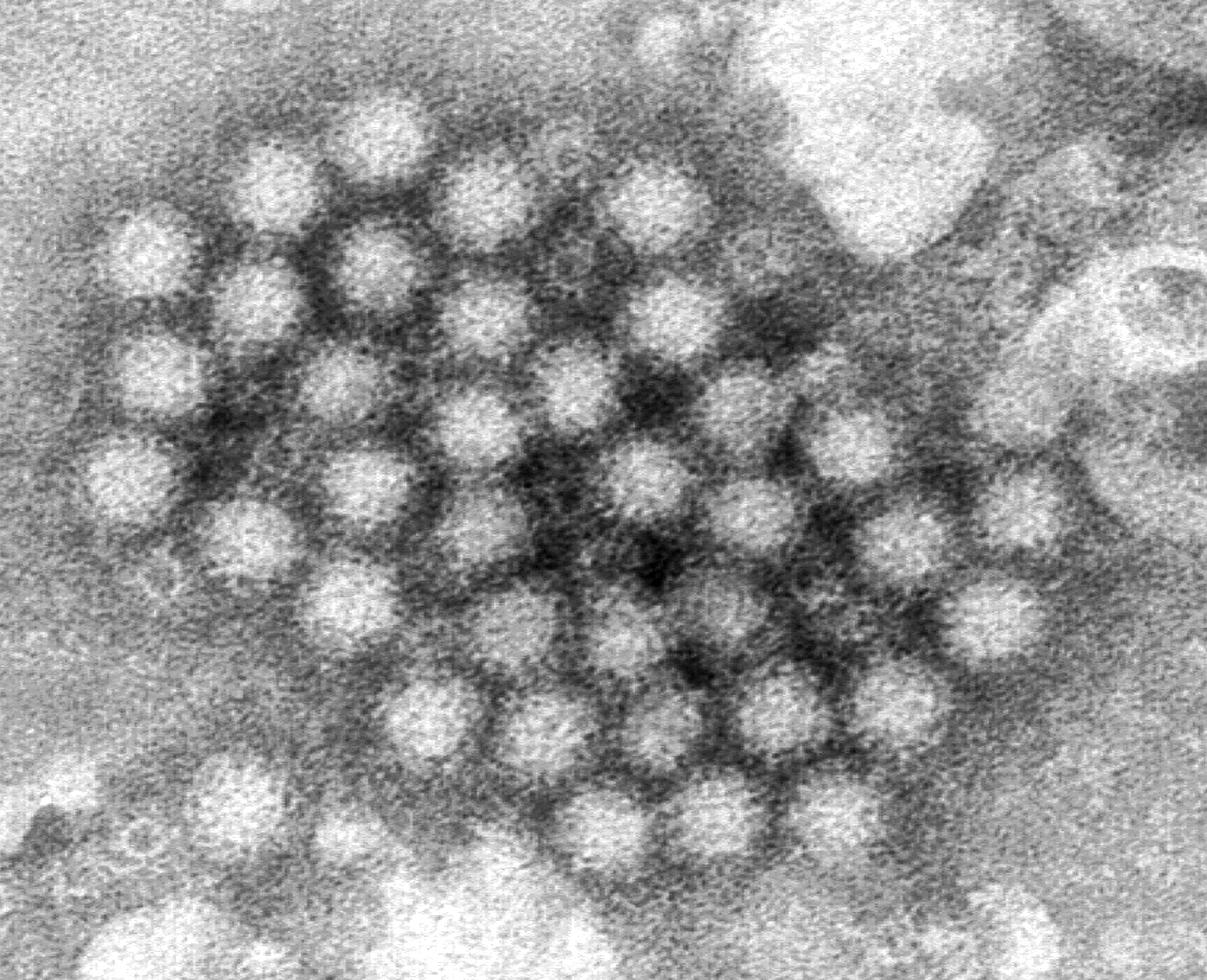FDA issues another recall for oysters over norovirus risk
The recall comes amid a surge of outbreaks
Your support helps us to tell the story
From reproductive rights to climate change to Big Tech, The Independent is on the ground when the story is developing. Whether it's investigating the financials of Elon Musk's pro-Trump PAC or producing our latest documentary, 'The A Word', which shines a light on the American women fighting for reproductive rights, we know how important it is to parse out the facts from the messaging.
At such a critical moment in US history, we need reporters on the ground. Your donation allows us to keep sending journalists to speak to both sides of the story.
The Independent is trusted by Americans across the entire political spectrum. And unlike many other quality news outlets, we choose not to lock Americans out of our reporting and analysis with paywalls. We believe quality journalism should be available to everyone, paid for by those who can afford it.
Your support makes all the difference.The Food and Drug Administration advised restaurants against serving or selling oysters due to a norovirus outbreak, marking the agency’s fourth warning about the shellfish in less than a month.
Oysters harvested from December 2 to December 17 by Ruco’s Shellfish from a portion of Hammersley Inlet growing area in Washington state were potentially contaminated, the FDA said in a Thursday advisory.
Norovirus is highly contagious and is the most common foodborne illness in the U.S.
Restaurants in Washington and Oregon purchased these oysters and they could have been distributed to other states. “The FDA is awaiting further information on distribution of these oysters and will continue to monitor the investigation and provide assistance to state authorities as needed,” the agency said.
Foods contaminated with norovirus may look, smell and taste normal, but can cause illness if eaten — and cause potentially severe illness in people with compromised immune systems, the federal agency said.

Common novovirus symptoms include diarrhea, abdominal cramps, nausea, vomiting, and fever. Symptoms usually develop 12 to 48 hours after being exposed to the virus.
Although most people recover within a few days, the virus causes an average of 109,000 hospitalizations and 900 deaths per year, mostly among adults aged 65 and older, according to the CDC.
Anyone experiencing these symptoms should contact their healthcare provider, the agency said.
Norovirus cases have surged in recent weeks, according to CDC data. There were 91 outbreaks of the stomach bug reported during the week of December 5, the most recent period data available.

“This year, the number of reported norovirus outbreaks have exceeded the numbers that we’ve seen recently and in the years before the pandemic,” the CDC said.
It can spread from having direct contact with someone with the stomach bug, eating contaminated foods, or touching contaminated objects and then putting your unwashed fingers in your mouth.
To avoid getting sick with the virus, the CDC advised people to wash their hands well and often, cook shellfish thoroughly, wash fruits and vegetables, clean contaminated surfaces, wash laundry in hot water and stay home when sick for two days after symptoms stop.
Last year, the FDA issued 10 advisories concerning norovirus-contaminated oysters, spanning from California to Maine. Thursday’s warning marks the first of 2025, but the fourth since early December.

Join our commenting forum
Join thought-provoking conversations, follow other Independent readers and see their replies
Comments